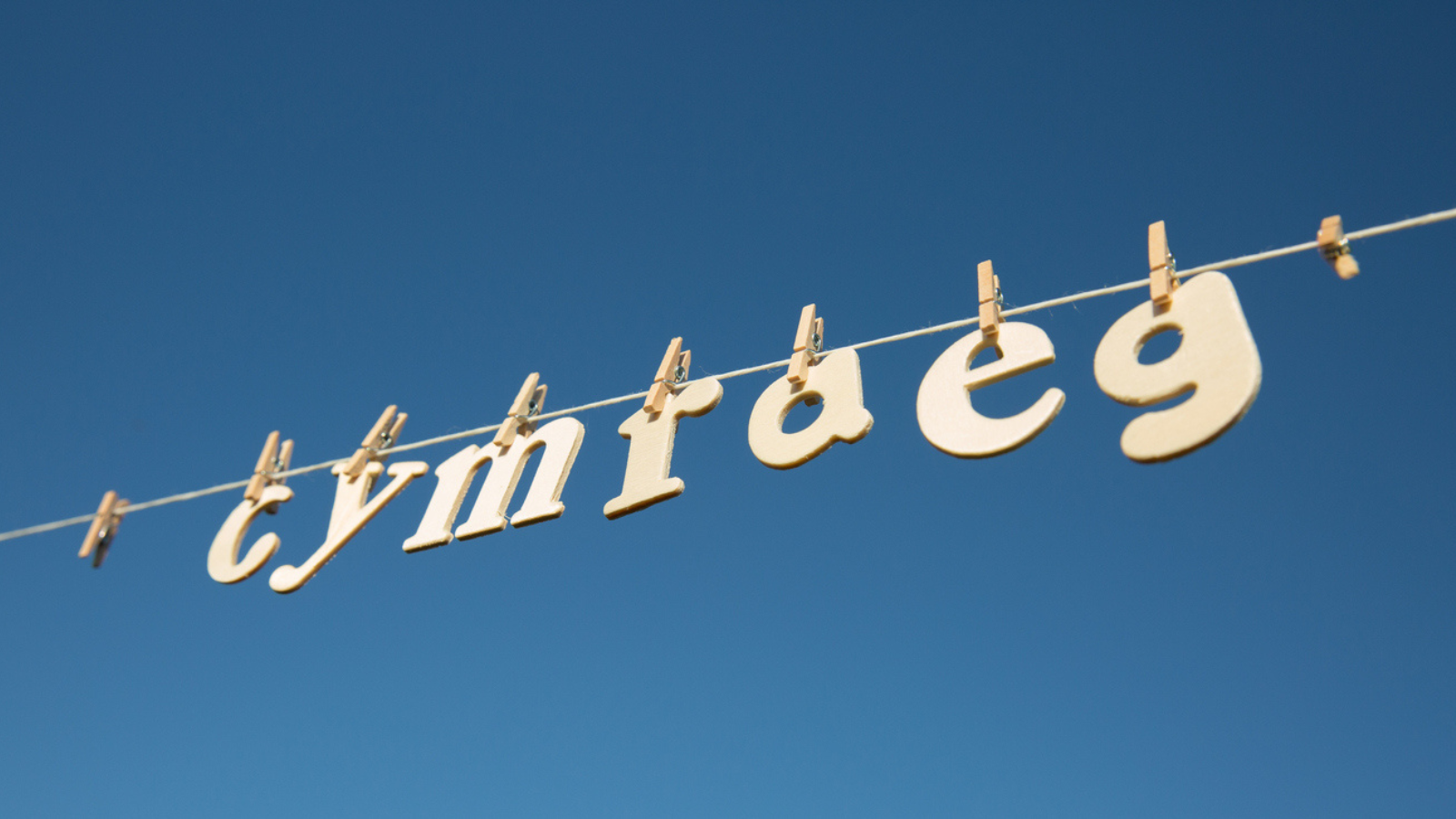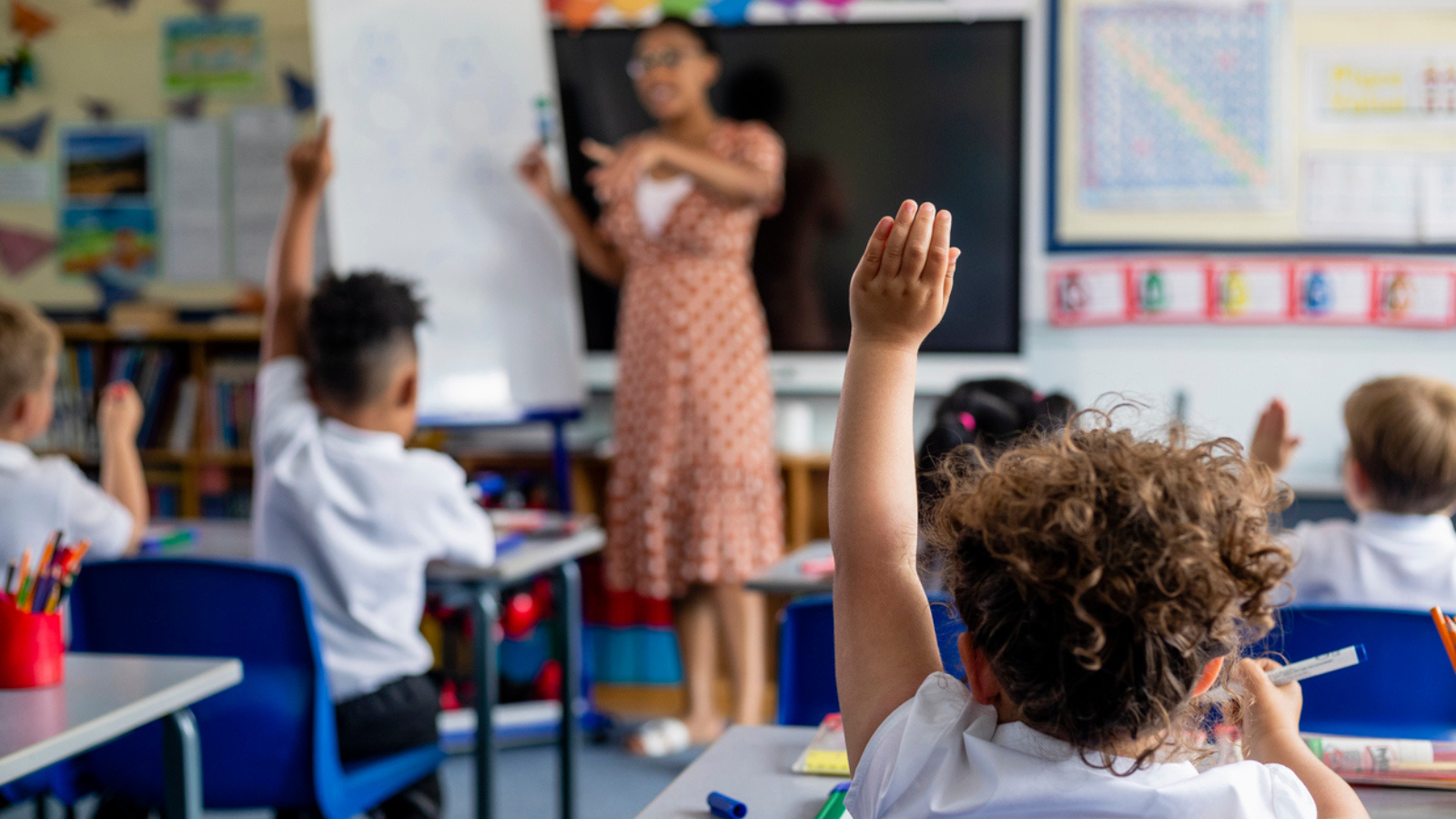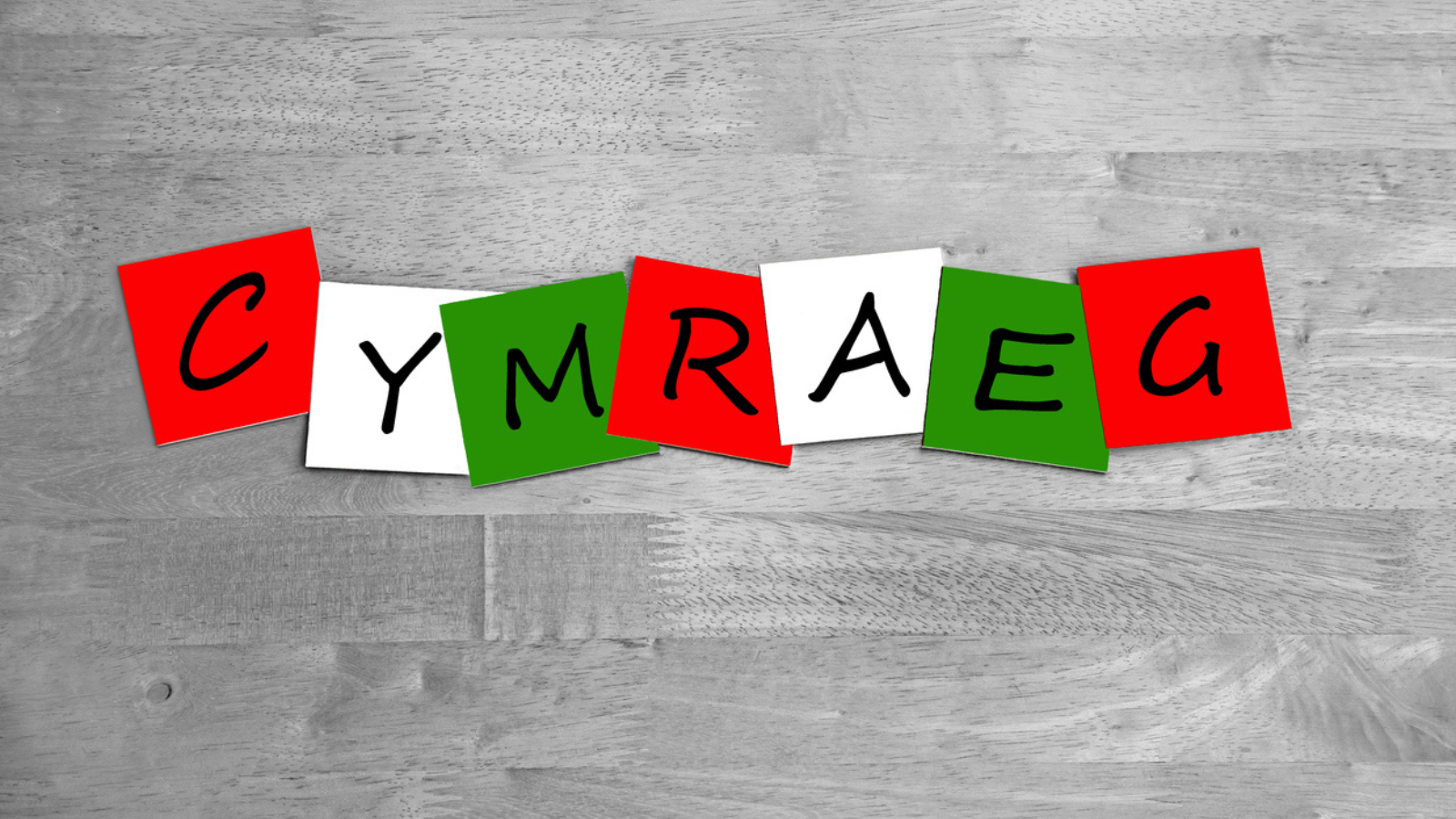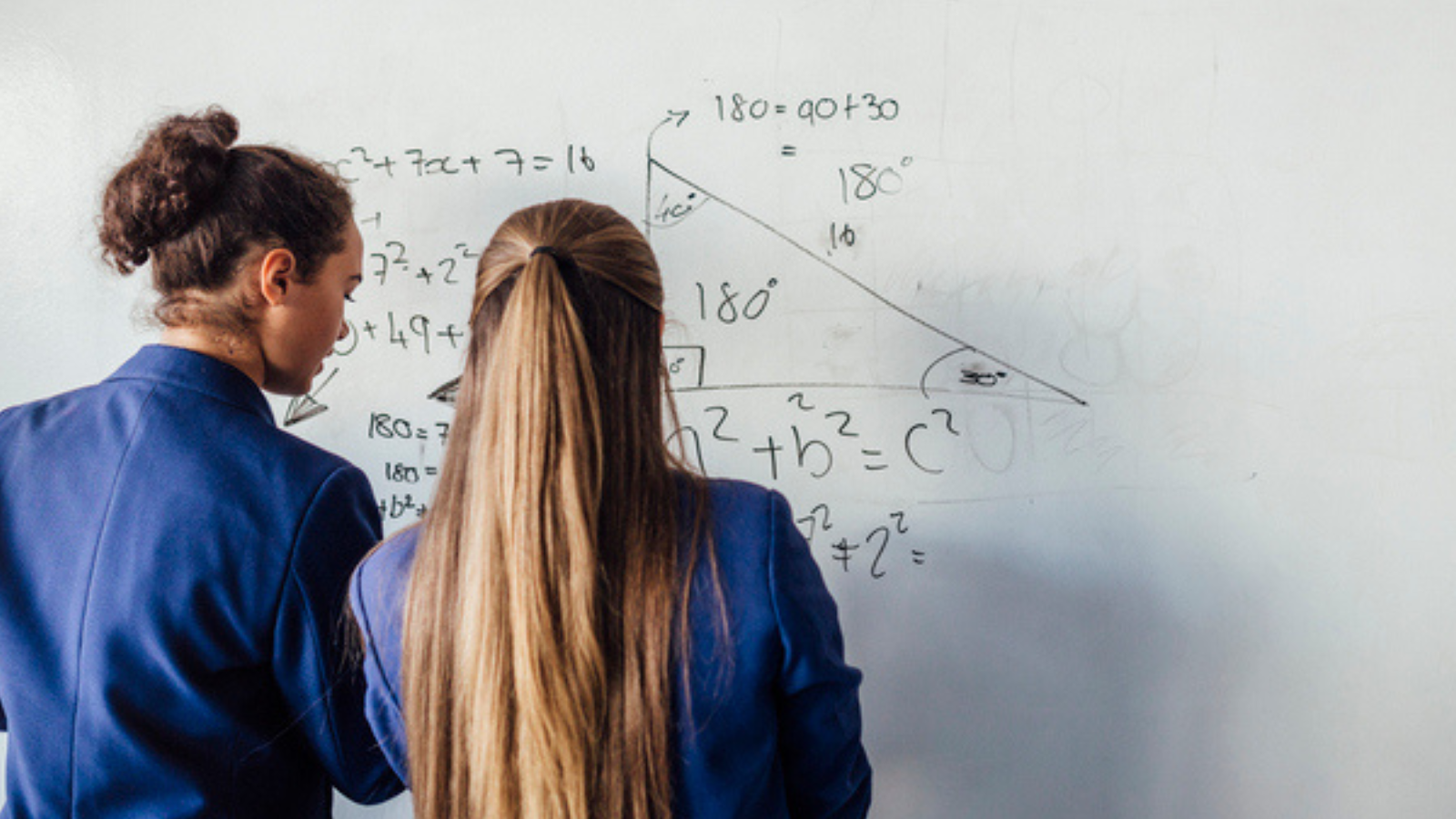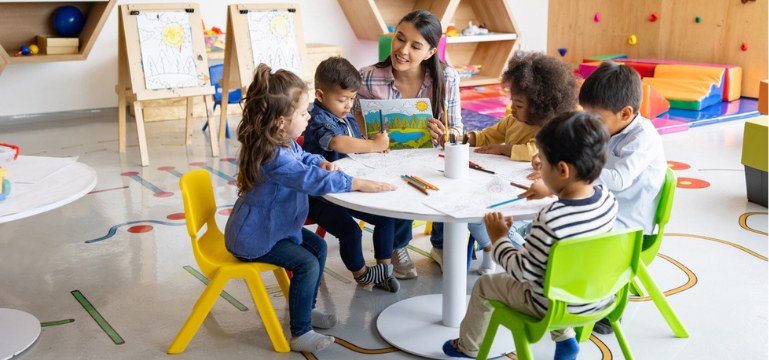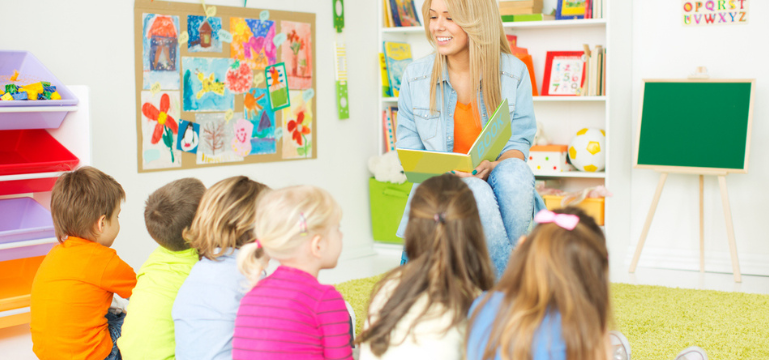Improvement Resource Type: Effective Practice
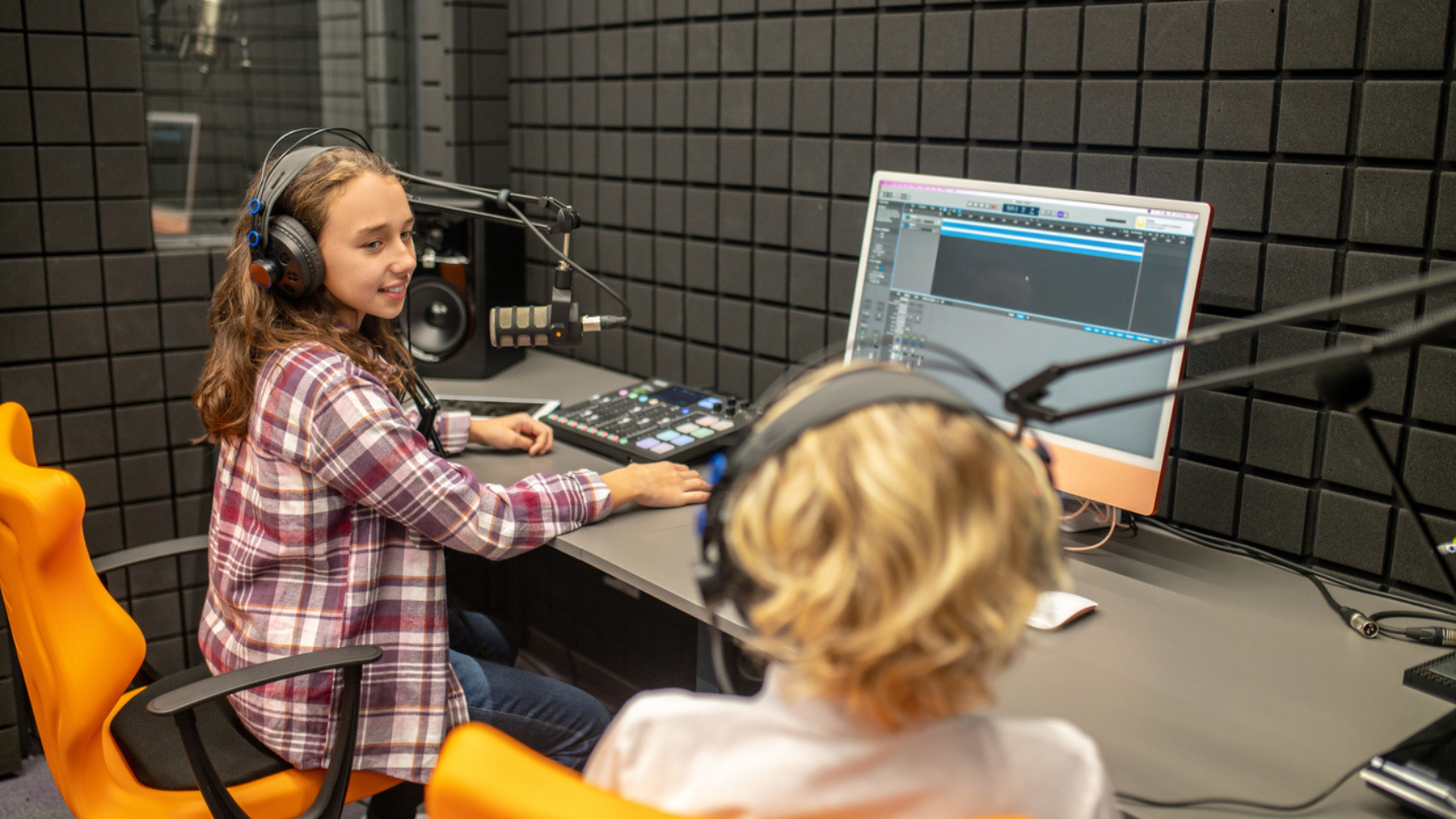
Information about the school
Ysgol Gymraeg Bro Teyrnon is a Welsh-medium primary school in Newport. The school is a happy, inclusive and caring community that places a strong emphasis on celebrating Welshness. The Welsh language is central to all the school’s work and almost all pupils are proud of their ability to use the language inside and outside the classroom. Since the school was established over a decade ago, the headteacher has succeeded in establishing a purposeful learning environment that celebrates Welshness and maintains high standards in terms of the Welsh language.
Context and background to the effective or innovative practice
A low percentage of learners (7%) come from Welsh-speaking homes, so establishing a community where pupils take pride in the Welsh language is vital. Pupils have useful opportunities to take pride in and develop their Welshness across the school which builds towards creating learners who are confident in speaking Welsh in formal and informal situations, inside and outside the school.
Description of nature of strategy or activity
The school structures specific experiences to give pupils opportunities to be proud of their Welshness across the school and ensures that the wider community is part of this fulfilment and pride. Year 5 pupils have the opportunity to perform a show as part of a Theatr Iolo Project to develop their confidence, resilience and enjoyment in using the Welsh language outside of school. The Trysor Gwent cluster show at the end of their school journey has also ensured that pupils take pride in their local community through exploring historical events that have instigated change and made a difference in the community. This has had a positive effect on pupils’ confidence, as expressed by their parents.
The school’s radio station has been an informal way of getting pupils to use their Welsh beyond the classroom. They create a podcast and broadcast it to the whole school in the lunch hall and on the yard during lunch and break times. This has increased pupils’ confidence in using the Welsh language and ensures a Welsh atmosphere throughout the school.
Pupils are rewarded for speaking Welsh through a Welshness celebration ticket system. Each month, they have the chance to win a Welsh language book to take home, and this encourages pupils to use their Welsh at school and at home with their family. Language ambassadors are proud of their Welshness and ensure an atmosphere that encourages learners to use their Welsh in various situations. In addition, Year 6 learners spend time with the youngest pupils every morning, to use their Welsh to improve pupils’ confidence and accuracy.
In the classroom, the school has invested in staff’s professional development in the use of a variety of plans and strategies to raise pupils’ oracy standards. This ensures that pupils across the school are more confident in using their oracy skills and Welsh phrases with accuracy.
In addition, leaders provide good opportunities for staff to receive regular language refresher sessions which strengthen their language skills. The school has a structure to support adults who are at an early stage in their journey to gain confidence in the Welsh language. Adults in the community have voluntarily supported the school and then developed skills and confidence to work as assistants, higher level teaching assistants, and progressed to become classroom teachers. The school delivers hopes for the whole community.
What impact has this work had on provision and learners’ standards?
In providing opportunities to ensure a sense of belonging, a supportive atmosphere and pride in their Welshness, we have developed and improved our pupils’ oracy skills across the school. Pupils participate in exciting and unforgettable experiences, and consequently develop a strong emotional bond that leads to a passion for the language. Pupils’ questionnaires indicate the positive effect of such experiences on their self-confidence and resilience. Emotional connections to experiences drive their use of the language and we ensure high standards throughout the journey. We make an effort to ensure opportunities for the wider community to take part in activities with pupils through the medium of Welsh. Most importantly, parents praise the excellent opportunities their children have on their journey in learning the language, experiencing fulfilment and creating memories that make them proud of their Welshness.
How have you shared your good practice?
The school has shared our good practice with schools in the cluster, in networking meetings and in meetings with consortia co-ordinators and other schools. They are also willing to discuss their case study with other leaders.

